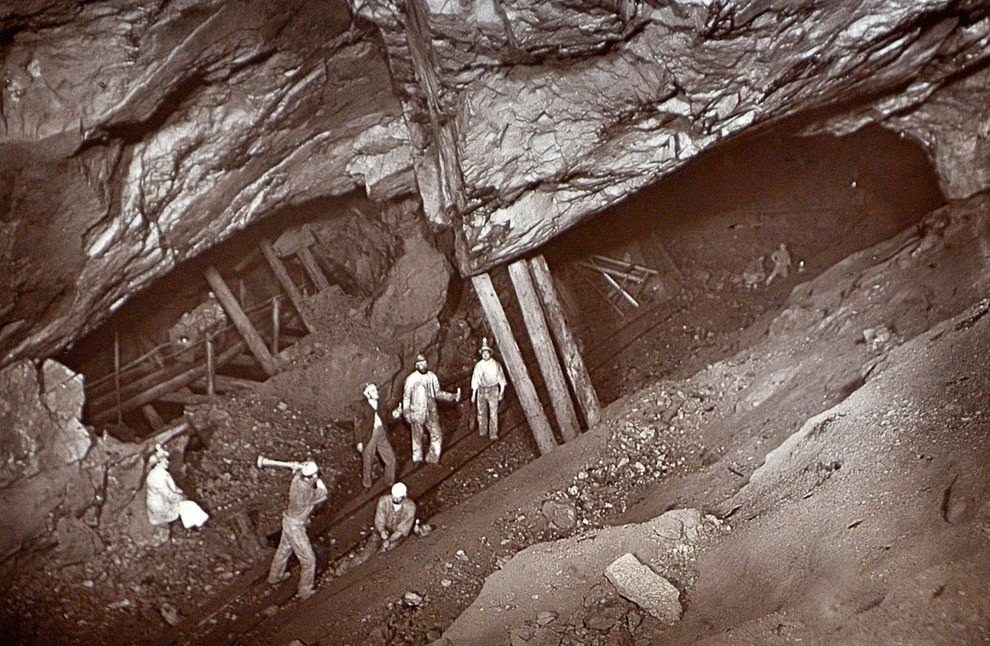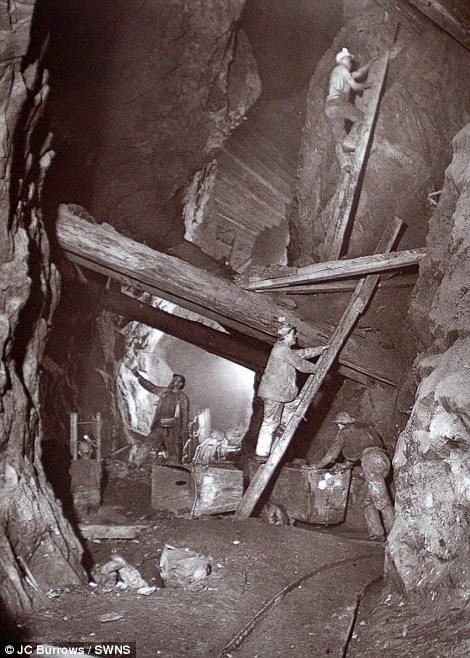Brains
Well-known member
So, are those timbers in old mines holding the walls apart stulls or stemples?
Seems that a stull is a BIG bit and stemple is a SMALL bit, or a step... In Derbyshire the term Stull is hardly ever used in the lead ore fields (as far as I am aware), but the term stemple is used instead. Are they interchangeable terms? What do you lot think? The quoted definitions seem a bit lacking in my understanding of the useage of the terms
Stull Definition
Webster's Revised Unabridged Dictionary
Stull A framework of timber covered with boards to support rubbish; also, a framework of boards to protect miners from falling stones.
Century Dictionary and Cyclopedia
stull In mining, a heavy timber secured in an excavation, and especially in the stopes. On the stulls rests the lagging, and they together form the support for the attle, or deads, which is left in the mine partly to keep the excavation from falling together and partly to avoid the expense of raising worthless rock.
Stemple Definitions
Webster's Revised Unabridged Dictionary
Stemple (Mining) A crossbar of wood in a shaft, serving as a step.
Century Dictionary and Cyclopedia
stemple In mining, a small timber used to support the ground by being laid across the stulls, or in other ways: in some mining districts of England nearly the same as lacing or lagging.
Seems that a stull is a BIG bit and stemple is a SMALL bit, or a step... In Derbyshire the term Stull is hardly ever used in the lead ore fields (as far as I am aware), but the term stemple is used instead. Are they interchangeable terms? What do you lot think? The quoted definitions seem a bit lacking in my understanding of the useage of the terms





